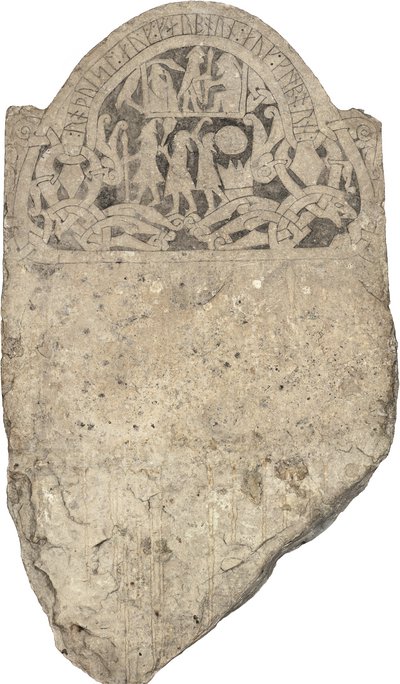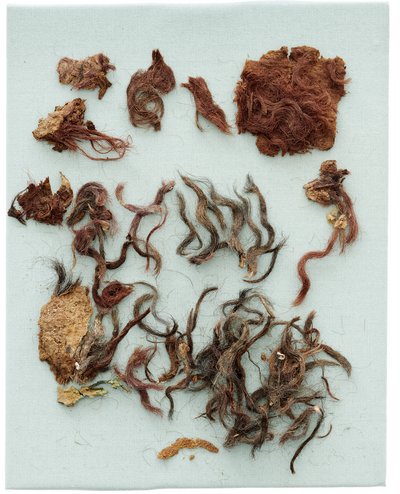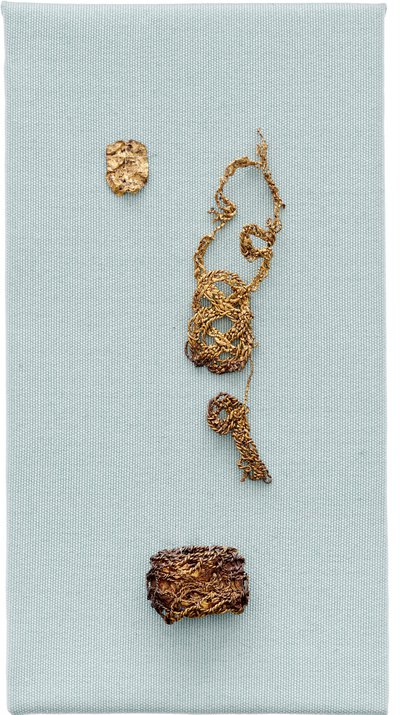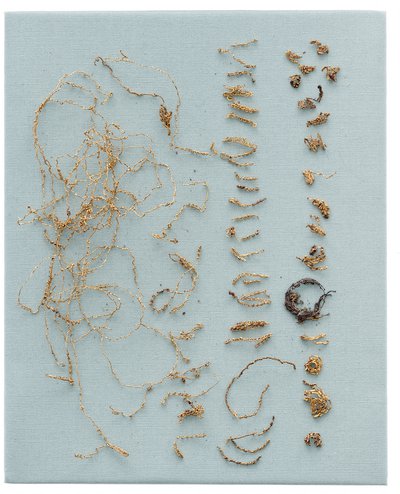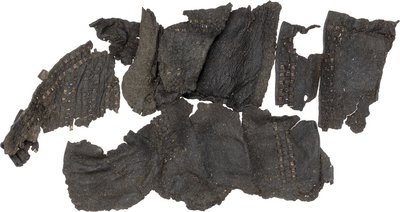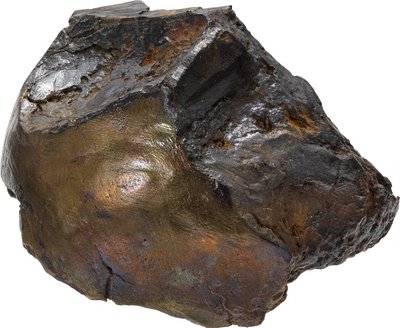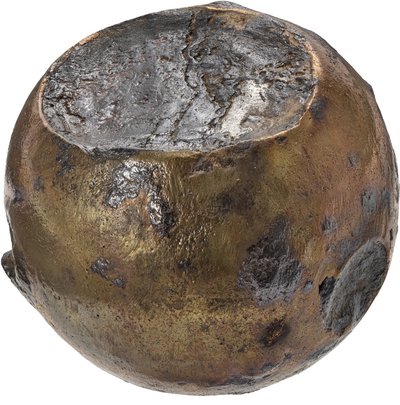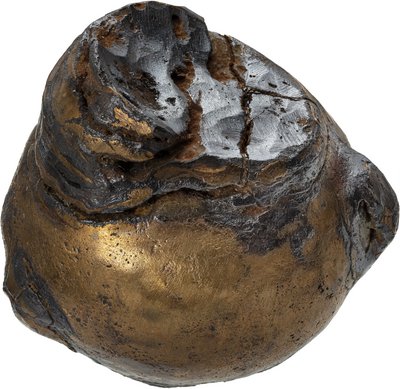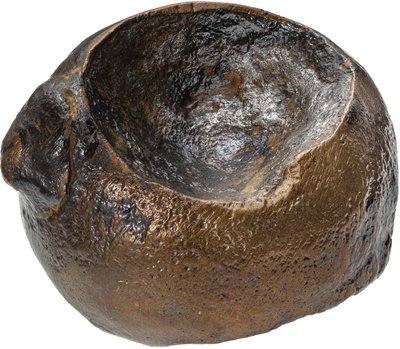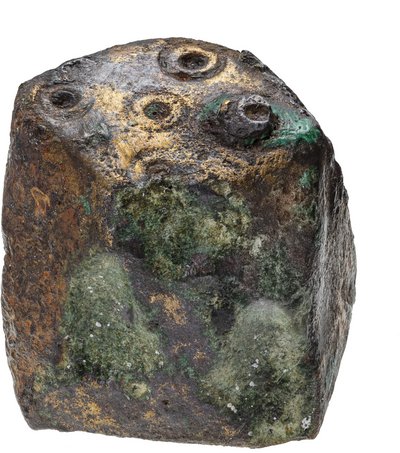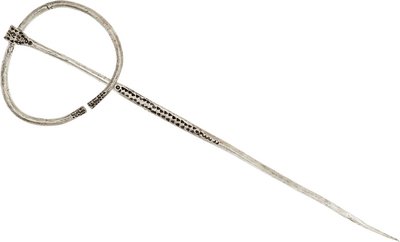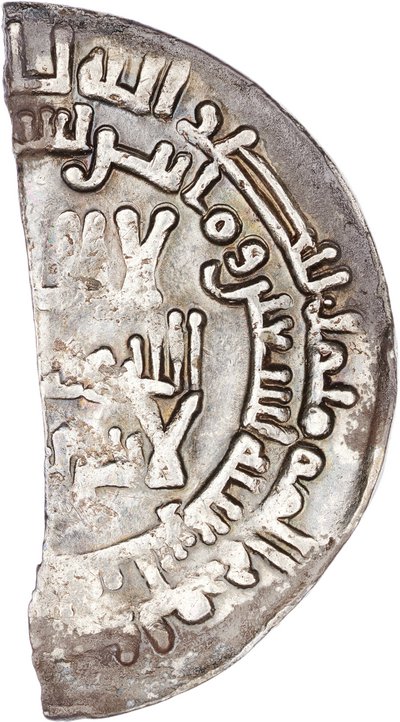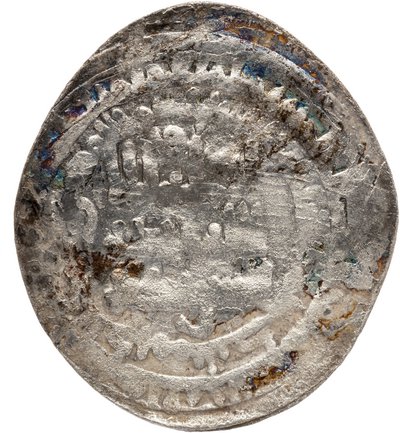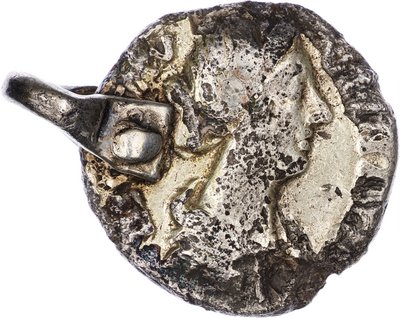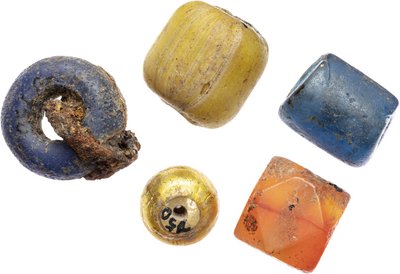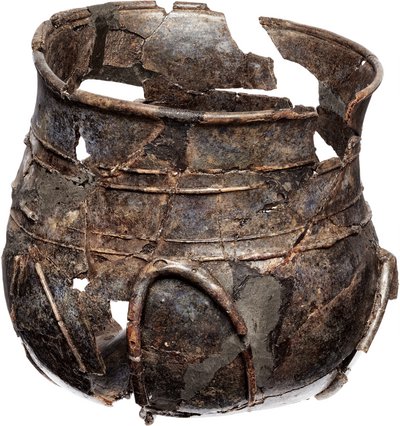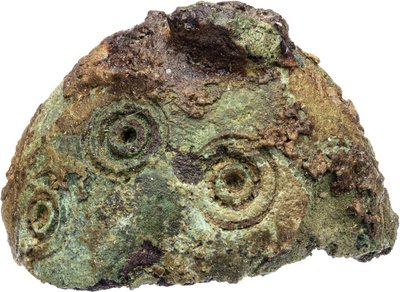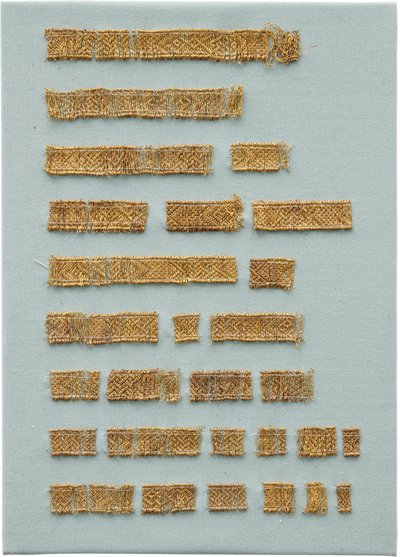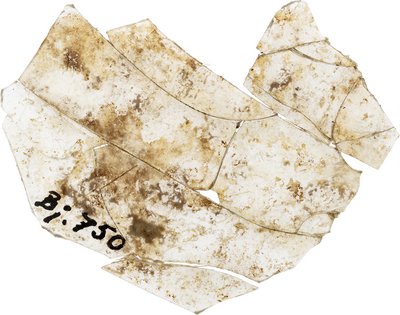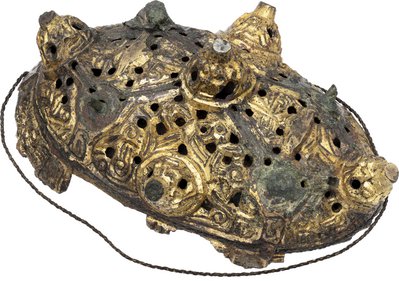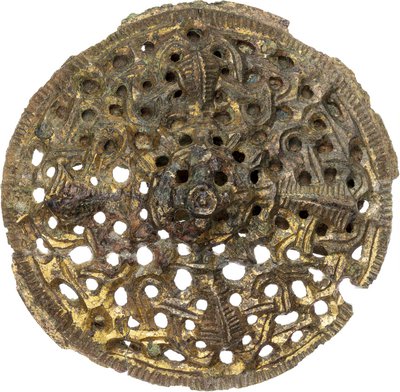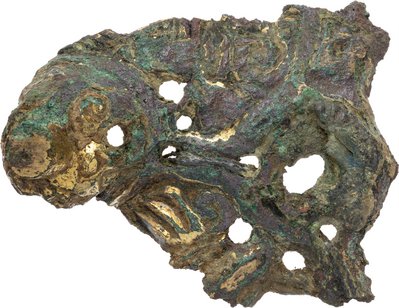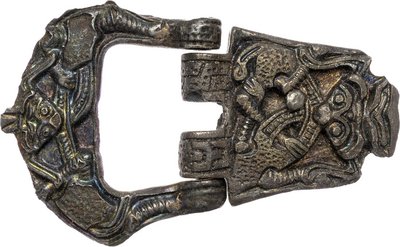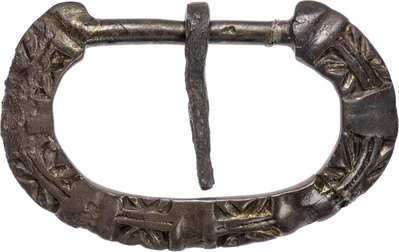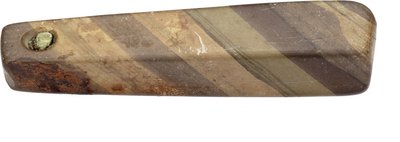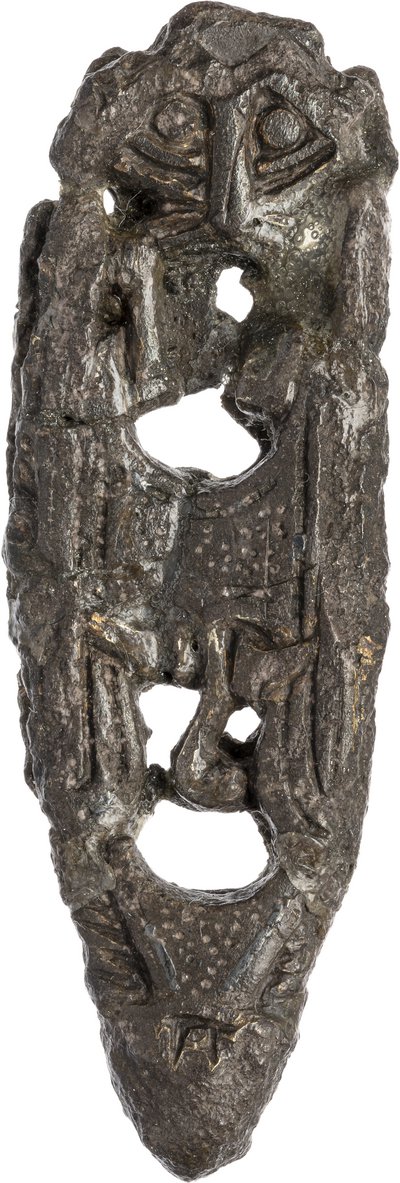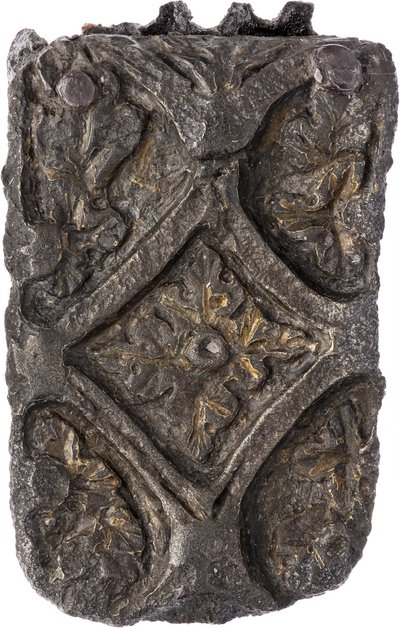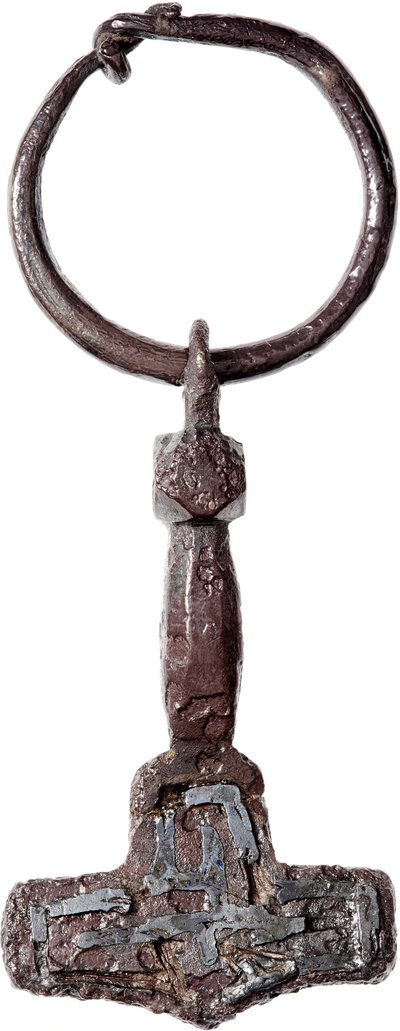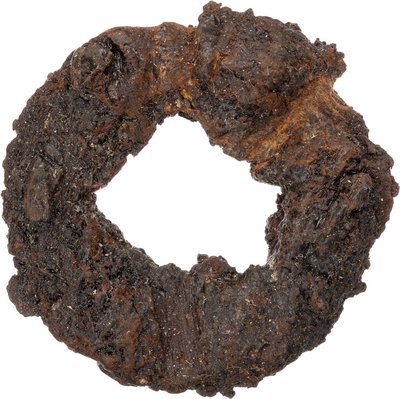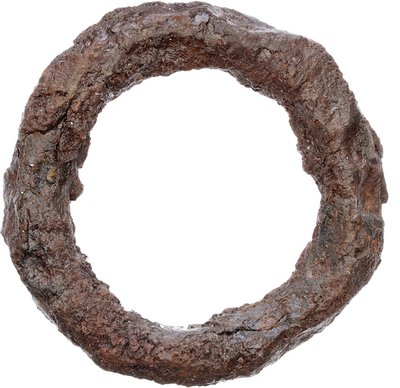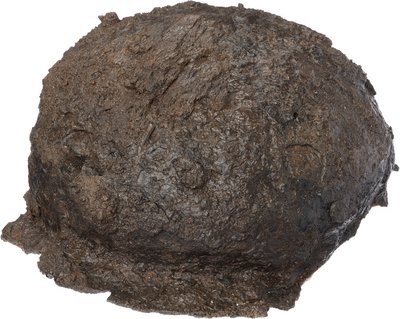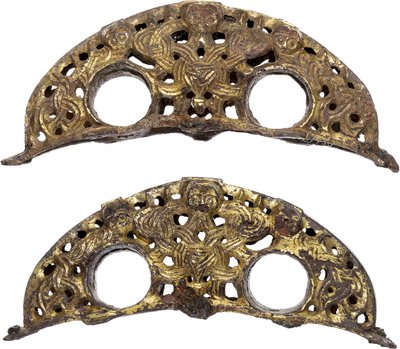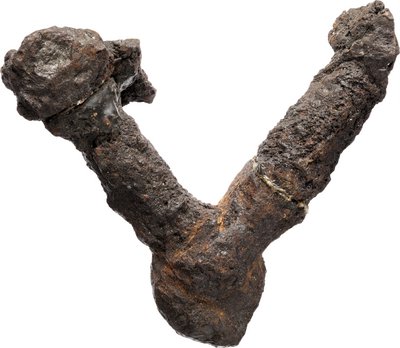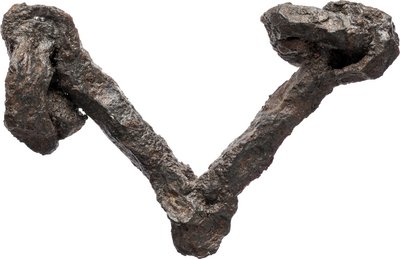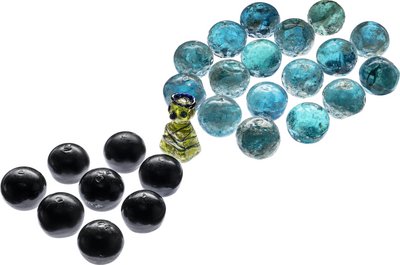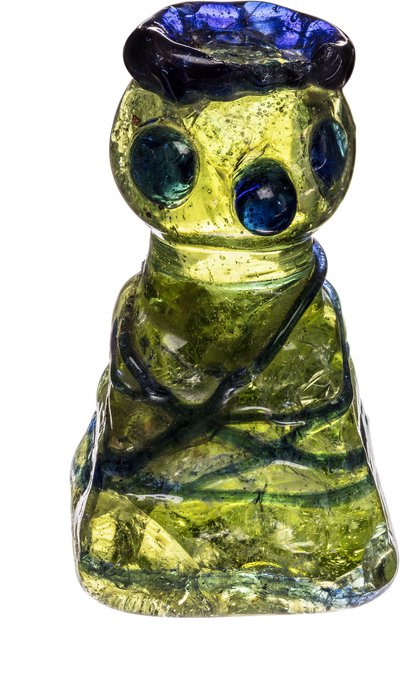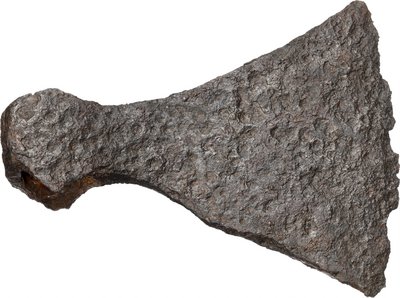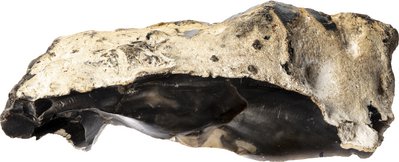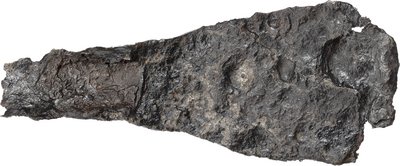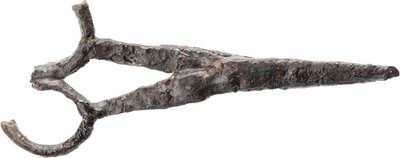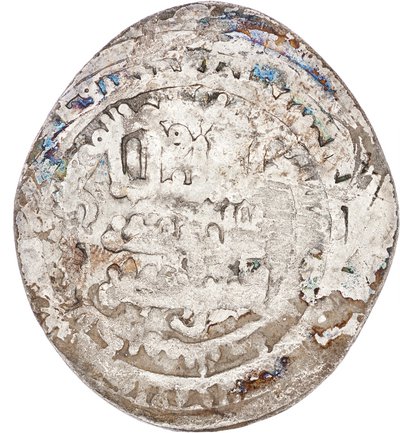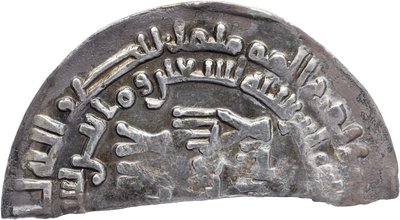Exchange of ideas, goods and services
The environment in which aristocratic men and women lived was a kind of cultural melting pot. They met and socialised with like-minded people from large parts of the then known world. As well as goods and services, they exchanged ideas and customs.
This influence from outside Scandinavia can be seen in personal objects such as jewellery and belt trimmings. Sometimes even clothes and the way of dressing shows what part of the world was considered significant and which the aristocracy liked to be associated with.
In one double grave in Birka, a man and a woman were buried in clothes influenced by Byzantine style. The clothes included tunics and headwear embroidered with thin threads of silk, gold and silver, as well as passementerie and woven beads of precious metals. These are reminiscent of Byzantine court dress, where different kinds of precious metal embroidery indicated the rank of the wearer.
The grave of this man and woman is one of most lavishly furnished from the Viking Age. A child was probably also buried in it. We do not know if all three were buried at the same time, but thanks to the three Islamic coins in the grave we know that it was during the 10th century .
The actual grave itself was an underground wooden chamber. On a terrace outside the chamber lay a horse harnessed to pull a wagon: a means of transport chiefly associated with affluent women.
The objects in the grave are a mixture of local craftwork and objects from distant locations. They reflect ideological and religious trends in the middle of the 10th century. They also provide a picture of the buried individuals. A picture which was created by the survivors, just as much as by the deceased themselves.
In the grave there were pieces of jewellery of gilded bronze and silver, and belt buckles and trimmings of silver. There was also a needle case decorated with textiles with wrapped silver bands, beads, glass beakers, Byzantium influenced textile work with gold and silver thread, a gaming board and glass gaming pieces, weapons, weights, a glass mirror and a bell, purses, pails with metal fittings, various tools and implements as well as gilded horse harnesses.
Three objects are of special note – a silver Thor’s hammer, a small cross embroidered with silver thread, and a pendant with a Roman silver coin (denarius) minted around the year 170 for Empress Faustina the Younger. The Thor’s hammer pendant and the embroidered cross bear witness to both Old Norse and Christian beliefs while the Faustina pendant provides a link to the old Roman leaders.
Weights, coins and purses point to business transactions, journeys and contacts with the world. Tools such as hammers, files, rasps, knives and whetstones indicate craftwork and the owner’s creative abilities.
A gaming board with a set of unique pieces made of glass is an example of aristocratic pastimes and of the importance of strategic knowledge and thinking. The imported glass beaker belongs to an aristocratic feast setting. The shield and weapons such as swords, axes and bows tell of the warrior ideal.
